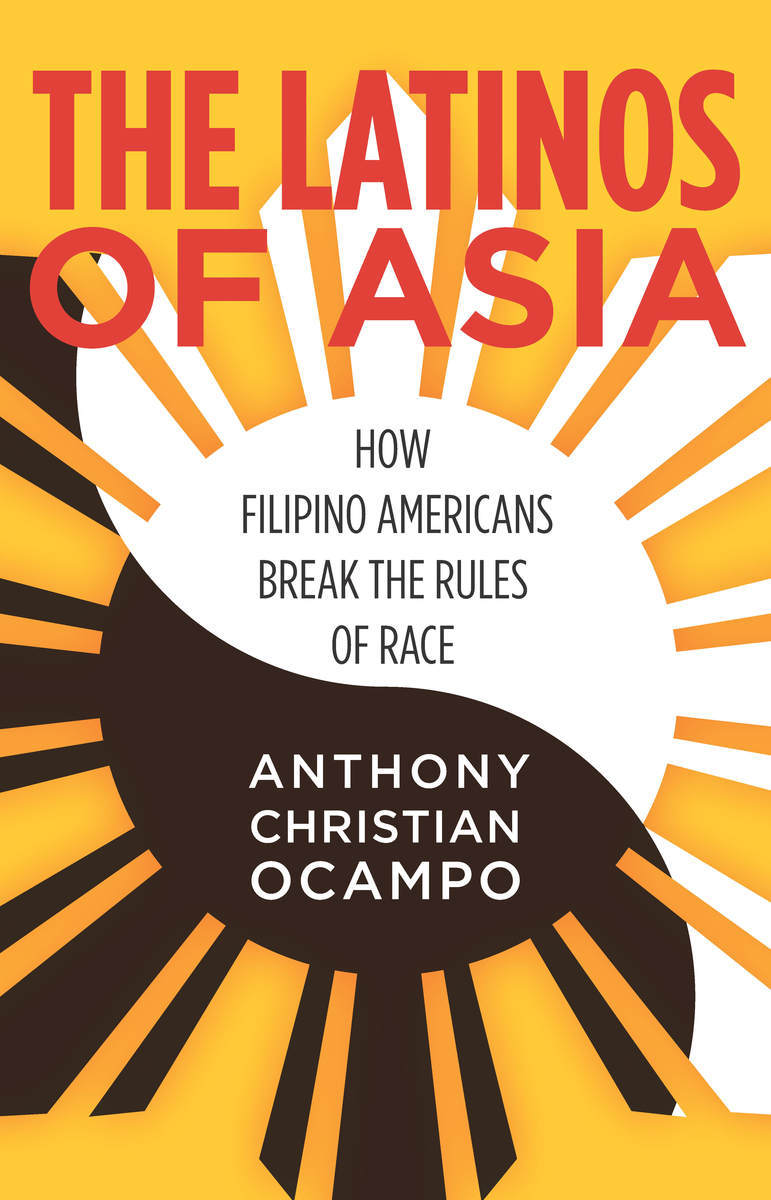Gender, Race, and Ethnicity in the Workplace: Emerging Issues and Enduring ChallengesPosted in Anthologies, Books, Gay & Lesbian, Law, Media Archive, United States, Women on 2016-03-04 20:33Z by Steven |
Gender, Race, and Ethnicity in the Workplace: Emerging Issues and Enduring Challenges
Praeger
March 2016
415 pages
6.125 x 9.25
Hardcover ISBN: 9978-1-4408-3369-4
eBook ISBN: 978-1-4408-3370-0
Edited by:
Margaret Foegen Karsten, Professor of Human Resource Management; Internship Coordinator
School of Business
University of Wisconsin, Platteville
For America to prosper, organizations need to address disparate treatment of women and people of color in the workplace.
Insights from professionals in the fields of organizational development and diversity provide practical tools to help employees and managers—regardless of race or gender—collaborate in reaching their workplace potential.
The contributions of more than 30 experts reframe the discussion on gender, race, and ethnicity in the U.S. workforce, examining the complex identity concerns facing workers who fall within minority groups and recommending practical solutions for dealing with workplace inequities. Through focused essays, experts explore new perspectives to persistent challenges and discuss progress made in addressing unequal treatment based on race and gender in the past eight years. This detailed reference explores every aspect of the issue, including mentoring, family leaves, pay inequity, multiracial and transgender identities, community involvement, and illegal harassment.
The first part of the book identifies employment discrimination based on multiracial identity, appearance, and transgender status. The second section unveils the psychology behind harassment on the job; the third section provides strategies for overcoming traditional obstacles for the disenfranchised. The final section discusses updates on laws dealing with the Family and Medical Leave Act. The book closes with success stories of women of color in U.S. leadership roles as well as others achieving success in their professions outside of the country. Accompanying tables, charts, and graphs illustrate the field’s most poignant research, such as the relationship between organizational effectiveness and diversity and the characteristics of those taking family and medical leave.
Features
- Presents new research on the many forms of employment discrimination based on multiracial identity, appearance, and transgender status
- Includes contributions from professionals in the fields of social psychology, law, gender studies, and ethics, among others
- Reveals effective ways for promoting inclusion of women and people of color in today’s global workforce
- Covers the workforce in the public sector, private sector, and military
- Considers the role of social media in helping break through workplace barriers






